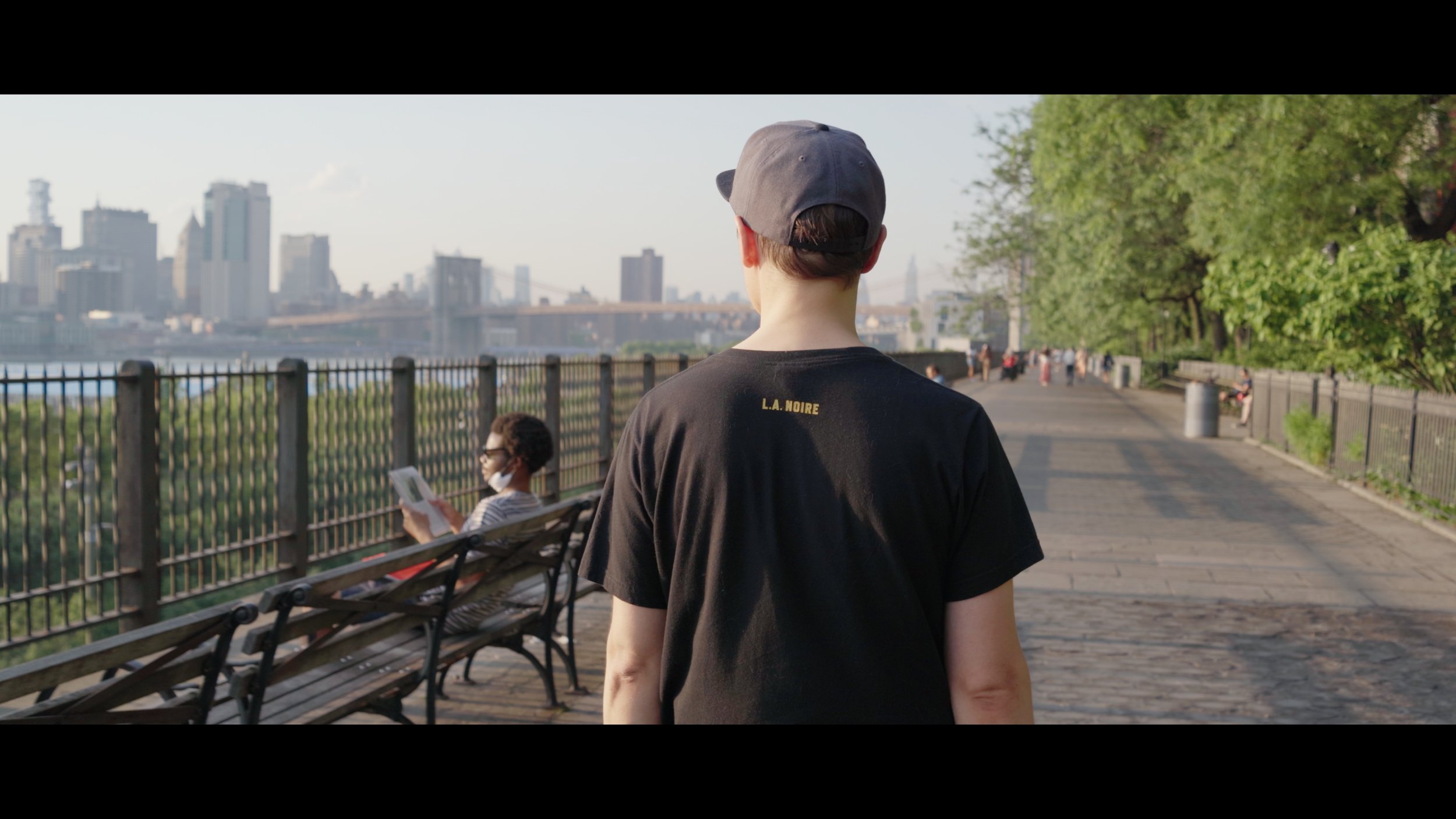Using monitoring LUTs on Sony and Panasonic cameras
Using a look-up table on modern mirrorless cameras not only previews the image closer to the result during filming but also expands camera functionality. In this post, we walk through our Cinema Tools Utility LUT packs for Sony and Panasonic cameras and share the best practices for using them.
Exposure Compensation LUT



These LUTs allow monitoring of the LOG signal in normal REC709 color space but also have -1 and -2 stop variations. They are useful when footage is purposely overexposed for cleaner shadows but you also want to monitor the image at the base exposure. The functionality is similar to the Sony Cine EI exposure method, but you have more control over the image.
False Color LUT




We previously covered False Color LUTs and their purpose in this post. False Color divides an image into 10 exposure zones, each with its color. It’s beneficial to match a shot to a reference or for continuity purposes because judging a scene's exposure and contrast ratio is easy. It’s similar to how people used light meters in the past, except it’s much more convenient and intuitive.
High-contrast black and white


This LUT was inspired by using Canon Cinema line cameras in the past, which had a dedicated black-and-white button. This is helpful because when you strip the image of color, it’s much easier to see the light and composition because there are fewer distractions.
Skin Balance



Skin balance has a green overlay on the human skin tone. If you dial the white balance correctly, the skin should glow green. This might be useful when filming in challenging or mixed lighting scenarios, where a preset or auto white balance doesn’t look correct.
Clipping LUT


Clipping LUT—This is the LUT we use 90% of the time as our basic 709 preview. It has the same characteristics as your in-camera preview LUT, but it also has a color overlay for highlight and shadow clipping. You will see a red overlay for clipped highlights and a blue overlay for clipped shadows. It is similar to the zebra function in that it is built into a camera but covers shadow clipping and is easier to understand.
The pack is designed to work with S-Log3.S-Gamut.cine and V-Log V-Gamut and it is supported by all Sony and Panasonic cameras that allow preview LUT functionality.
